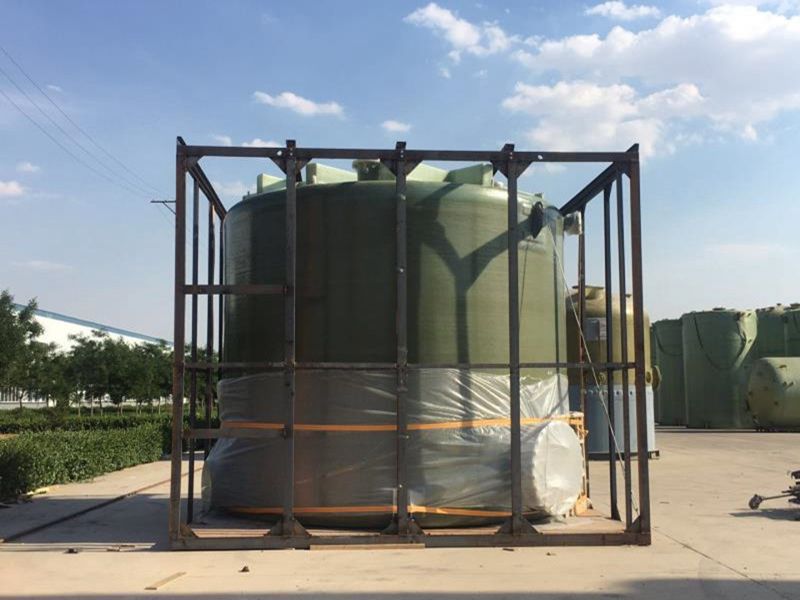
-
 Afrikaans
Afrikaans -
 Albanian
Albanian -
 Amharic
Amharic -
 Arabic
Arabic -
 Armenian
Armenian -
 Azerbaijani
Azerbaijani -
 Basque
Basque -
 Belarusian
Belarusian -
 Bengali
Bengali -
 Bosnian
Bosnian -
 Bulgarian
Bulgarian -
 Catalan
Catalan -
 Cebuano
Cebuano -
 China
China -
 China (Taiwan)
China (Taiwan) -
 Corsican
Corsican -
 Croatian
Croatian -
 Czech
Czech -
 Danish
Danish -
 Dutch
Dutch -
 English
English -
 Esperanto
Esperanto -
 Estonian
Estonian -
 Finnish
Finnish -
 French
French -
 Frisian
Frisian -
 Galician
Galician -
 Georgian
Georgian -
 German
German -
 Greek
Greek -
 Gujarati
Gujarati -
 Haitian Creole
Haitian Creole -
 hausa
hausa -
 hawaiian
hawaiian -
 Hebrew
Hebrew -
 Hindi
Hindi -
 Miao
Miao -
 Hungarian
Hungarian -
 Icelandic
Icelandic -
 igbo
igbo -
 Indonesian
Indonesian -
 irish
irish -
 Italian
Italian -
 Japanese
Japanese -
 Javanese
Javanese -
 Kannada
Kannada -
 kazakh
kazakh -
 Khmer
Khmer -
 Rwandese
Rwandese -
 Korean
Korean -
 Kurdish
Kurdish -
 Kyrgyz
Kyrgyz -
 Lao
Lao -
 Latin
Latin -
 Latvian
Latvian -
 Lithuanian
Lithuanian -
 Luxembourgish
Luxembourgish -
 Macedonian
Macedonian -
 Malgashi
Malgashi -
 Malay
Malay -
 Malayalam
Malayalam -
 Maltese
Maltese -
 Maori
Maori -
 Marathi
Marathi -
 Mongolian
Mongolian -
 Myanmar
Myanmar -
 Nepali
Nepali -
 Norwegian
Norwegian -
 Norwegian
Norwegian -
 Occitan
Occitan -
 Pashto
Pashto -
 Persian
Persian -
 Polish
Polish -
 Portuguese
Portuguese -
 Punjabi
Punjabi -
 Romanian
Romanian -
 Russian
Russian -
 Samoan
Samoan -
 Scottish Gaelic
Scottish Gaelic -
 Serbian
Serbian -
 Sesotho
Sesotho -
 Shona
Shona -
 Sindhi
Sindhi -
 Sinhala
Sinhala -
 Slovak
Slovak -
 Slovenian
Slovenian -
 Somali
Somali -
 Spanish
Spanish -
 Sundanese
Sundanese -
 Swahili
Swahili -
 Swedish
Swedish -
 Tagalog
Tagalog -
 Tajik
Tajik -
 Tamil
Tamil -
 Tatar
Tatar -
 Telugu
Telugu -
 Thai
Thai -
 Turkish
Turkish -
 Turkmen
Turkmen -
 Ukrainian
Ukrainian -
 Urdu
Urdu -
 Uighur
Uighur -
 Uzbek
Uzbek -
 Vietnamese
Vietnamese -
 Welsh
Welsh -
 Bantu
Bantu -
 Yiddish
Yiddish -
 Yoruba
Yoruba -
 Zulu
Zulu
Effective Insulation Solutions for GRP Tanks to Enhance Energy Efficiency
Understanding GRP Insulation Tanks Benefits and Applications
In recent years, the demand for efficient storage solutions in various industries has surged, leading to innovations in materials and technology. One such advancement is the use of Glass Reinforced Plastic (GRP) insulation tanks. These tanks combine the durability of GRP with excellent thermal insulation properties, making them ideal for a variety of applications. In this article, we will explore what GRP insulation tanks are, their benefits, and where they are commonly used.
What are GRP Insulation Tanks?
GRP insulation tanks are storage tanks constructed from a composite material that consists of a polymer matrix reinforced with glass fibers. This combination creates a lightweight yet strong structure capable of withstanding considerable internal and external pressures. The insulation aspect comes from layers of insulating material integrated into the tank design, which minimizes heat transfer and helps maintain the desired temperature of the stored substances.
Benefits of GRP Insulation Tanks
1. Thermal Efficiency The primary advantage of GRP insulation tanks is their excellent thermal insulation properties. They help maintain the temperature of the contents, whether hot or cold, reducing energy costs associated with heating or cooling processes. This efficiency is crucial in industries that require precise temperature control.
2. Corrosion Resistance GRP is inherently resistant to corrosion, which is a significant benefit over traditional materials like steel. This resistance extends the lifespan of the tanks and reduces maintenance costs, making them a wise investment for companies dealing with corrosive substances.
3. Lightweight and Easy to Install GRP tanks are considerably lighter than their steel or concrete counterparts. This characteristic not only facilitates easier transportation and installation but also requires less structural support, thereby saving on construction costs.
4. Customizable GRP insulation tanks can be tailored to meet specific size and capacity requirements. Manufacturers can design tanks that fit unique spaces or accommodate specific industrial needs, making them versatile for various applications.
5. Cost-Effective While the initial investment in GRP insulation tanks can be higher than that of traditional materials, the long-term savings from reduced maintenance, energy costs, and increased lifespan often outweighs the upfront cost.
grp insulation tank

6. Environmental Impact With their energy efficiency and longevity, GRP insulation tanks have a lower environmental impact compared to traditional storage solutions. They contribute to reduced energy consumption and lower greenhouse gas emissions, aligning with many organizations' sustainability goals.
Applications of GRP Insulation Tanks
GRP insulation tanks find applications across various industries
- Water and Wastewater Management These tanks are used for storing and transporting water and wastewater, benefiting from their resistance to corrosion and ability to maintain stable temperatures.
- Chemical Industry Given their resistance to a wide range of chemicals, GRP tanks are ideal for storing corrosive liquids. They enable safe and effective handling of hazardous materials.
- Food and Beverage Industry Insulated tanks are essential for maintaining the temperature of products during storage and transport, ensuring quality and safety throughout the supply chain.
- Oil and Gas Industry GRP insulation tanks are employed in the storage of petroleum products and chemicals, where temperature maintenance is crucial for product integrity.
- Renewable Energy In industries focused on sustainable practices, these tanks can store materials used in biofuel production and other renewable energy applications.
Conclusion
In conclusion, GRP insulation tanks represent a significant advancement in storage technology. Their thermal efficiency, corrosion resistance, lightweight design, and customization options make them suitable for diverse industrial applications. As industries continue to prioritize sustainability and efficiency, the adoption of GRP insulation tanks is likely to grow, positioning them as a leading solution in the world of storage tanks. Whether for water management, chemical storage, or energy production, GRP insulation tanks stand out as a practical and innovative choice for modern industrial needs.









